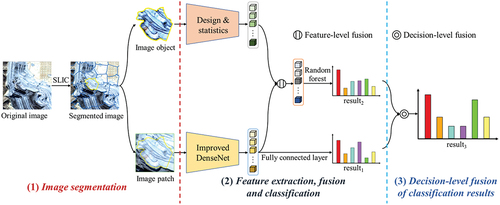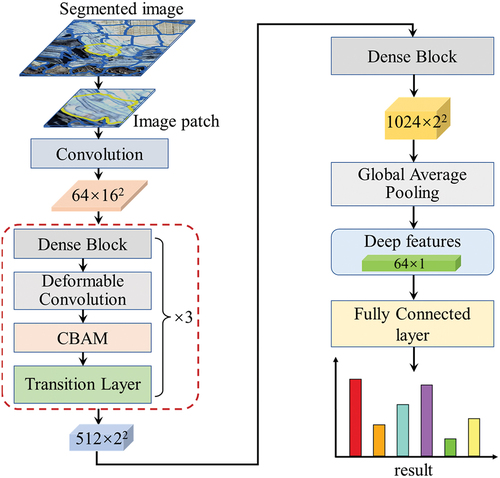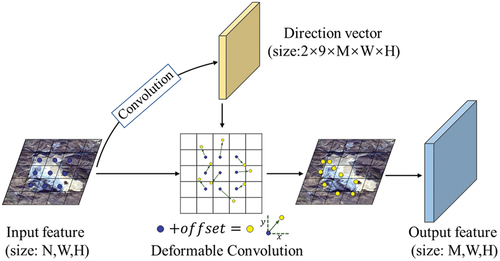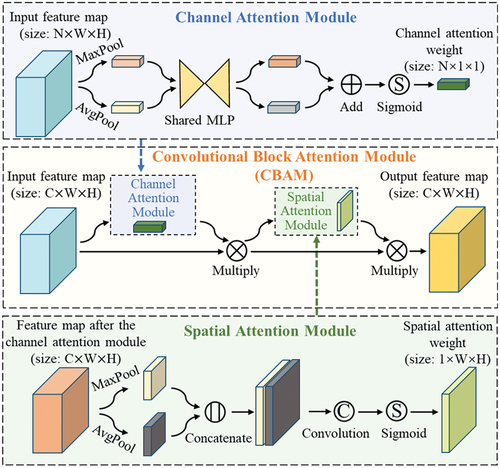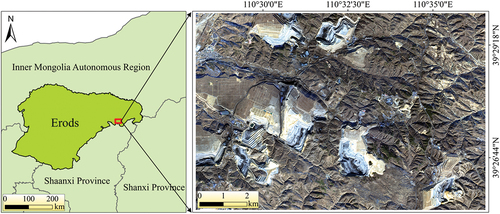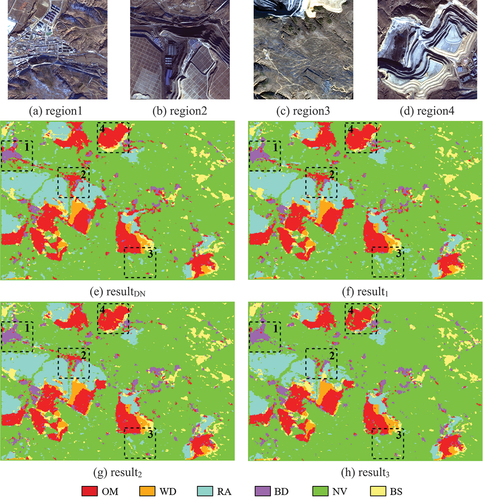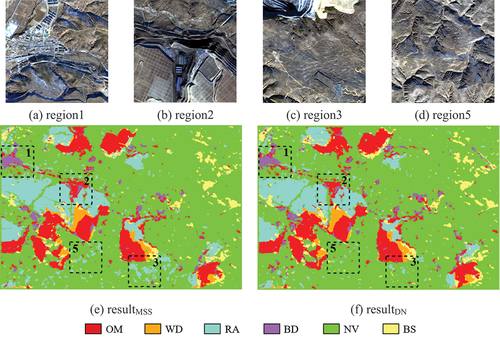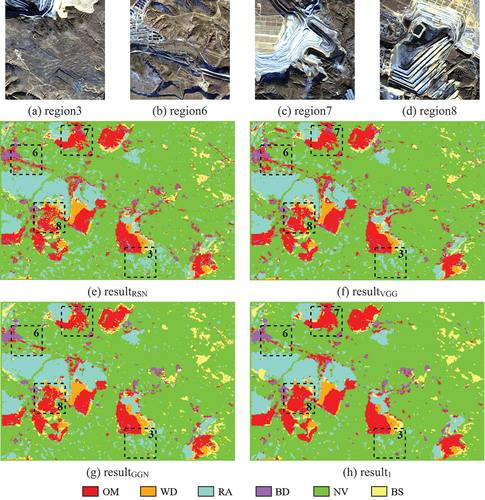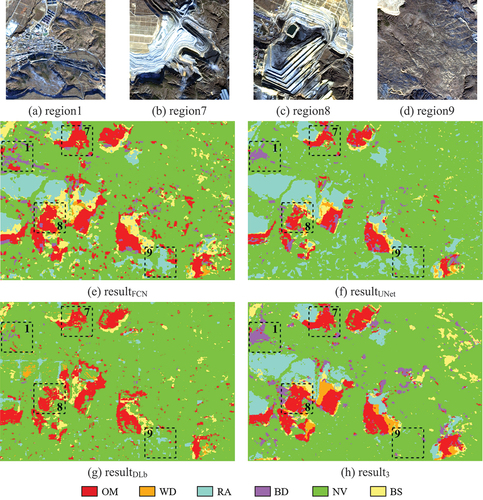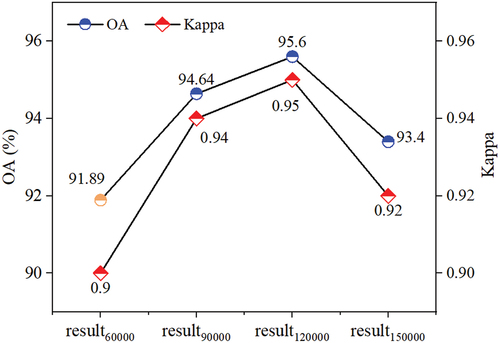Figures & data
Figure 1. A mining scene. (a) Complex scenes and heterogeneous composition; (b) large variation in shape, scale and spectrum.
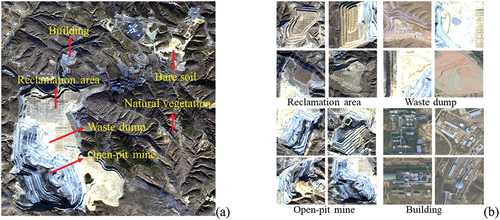
Figure 3. Image segmentation result. (a) Result of multi-scale segmentation, (b) result of SLIC, (c) and (d) image patches are too small or too large to effectively represent the image objects in existing OCNN method, (e) and (f) image patches can effectively represent the image objects.
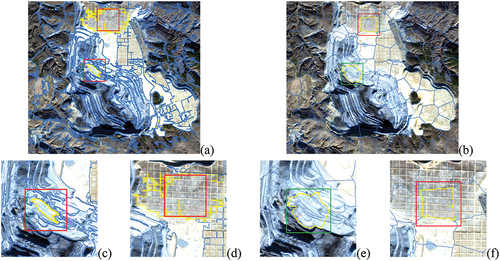
Table 1. The handcrafted features.
Table 2. Number of samples.
Table 3. The hyperparameters of MFOCNN.
Table 4. Quantitative evaluation results of different comparison methods.
Table 5. Quantitative evaluation results based on different segmentation algorithms.
Table 6. Quantitative evaluation results based on different classification networks.
Table 7. Quantitative evaluation results based on different semantic segmentation networks.
Data availability statement
The remote sensing image used in this study can be acquired from the following link: https://figshare.com/s/0cd166e71ac14e73a0bc. The codes using python language can be founded from the following link: https://figshare.com/s/b1d5079b9859321dcf88.

